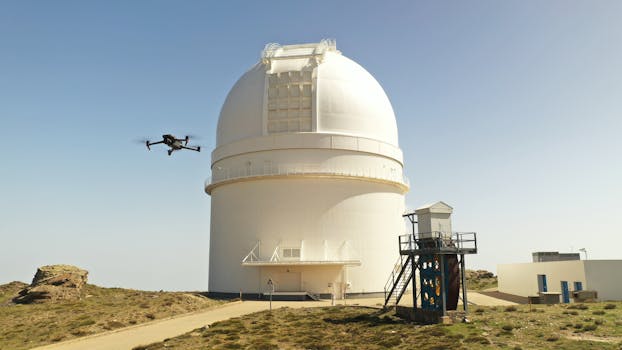
Beyond the Atmosphere: The Future of Satellite Technology for Surveillance and Connectivity – Satellite technology has been rapidly advancing in recent years, with significant improvements in surveillance and connectivity capabilities. Satellite technology has been used for a variety of purposes, including navigation, communication, and weather forecasting. However, its potential for surveillance and connectivity is vast and still largely untapped.
Satellite technology has the ability to provide high-resolution images and videos of the Earth’s surface, making it an invaluable tool for surveillance and monitoring. This can be used for a variety of purposes, such as tracking natural disasters, monitoring climate change, and detecting illegal activities. Additionally, satellite technology can provide internet connectivity to remote and underserved areas, bridging the digital divide and promoting economic development.
The History of Satellite Technology
The first artificial satellite, Sputnik 1, was launched by the Soviet Union in 1957, marking the beginning of the space age. Since then, thousands of satellites have been launched into space, with a wide range of applications. The first commercial satellite, Intelsat 1, was launched in 1965, providing transatlantic communications. The first GPS satellite was launched in 1978, revolutionizing navigation and mapping.
Current State of Satellite Technology
Today, satellite technology is more advanced than ever, with high-resolution imaging, advanced propulsion systems, and increased connectivity capabilities. Private companies such as SpaceX and OneWeb are leading the charge in satellite innovation, with plans to launch thousands of satellites into low-Earth orbit. These constellations of satellites will provide global internet coverage, enabling remote communities to access the internet and promoting economic development.
Satellite technology is also being used for surveillance and monitoring, with applications in fields such as environmental monitoring, disaster response, and national security. High-resolution imaging satellites can detect changes in the environment, track natural disasters, and monitor illegal activities. Additionally, satellite technology can provide real-time video feeds, enabling first responders to respond quickly and effectively to emergencies.
The Future of Satellite Technology
The future of satellite technology holds great promise, with advancements in space exploration and innovation. New technologies such as quantum computing and artificial intelligence are being developed, enabling satellites to process and analyze large amounts of data in real-time. This will enable satellites to provide more accurate and detailed information, making them even more valuable for surveillance and connectivity.
Furthermore, the development of reusable rockets and advanced propulsion systems is reducing the cost of launching satellites into space, making it more accessible to private companies and governments. This is leading to an increase in the number of satellites being launched, with a wide range of applications and uses.
In conclusion, Beyond the Atmosphere: The Future of Satellite Technology for Surveillance and Connectivity – Satellite technology has the potential to revolutionize the way we communicate, navigate, and monitor the Earth’s surface. With advancements in space exploration and innovation, the future of satellite technology holds great promise for surveillance and connectivity, enabling us to access the internet from anywhere in the world and monitor the environment in real-time.